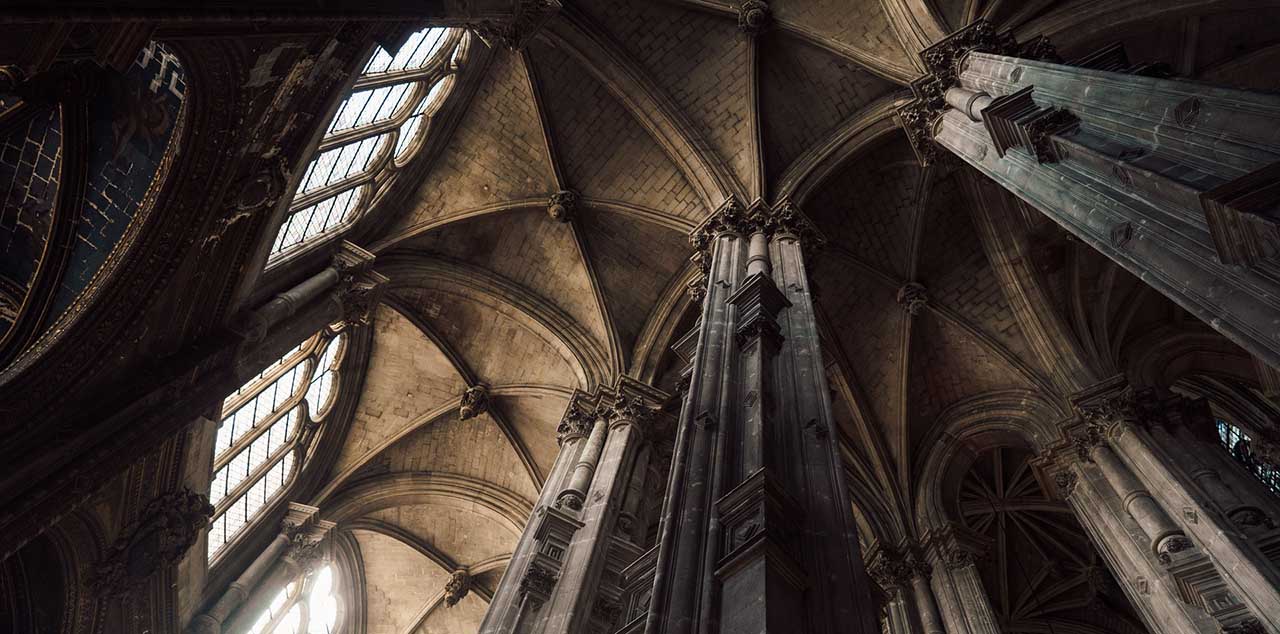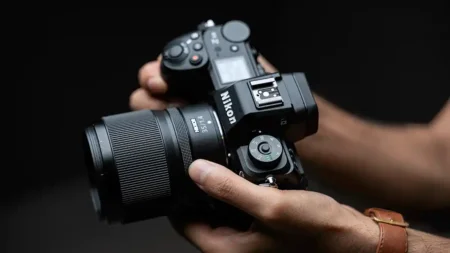You should change your camera’s ISO settings to a higher sensitivity value when you want to avoid blurring in your images.
The trade off shooting at high ISO settings is the addition of more noise the higher you go up the scale. But most cameras these days are well adept at keeping this noise to a minimum until you get to the ISO 1600 or 3200 mark.
No one likes image noise, but a little noise is much better to put up with than camera shake. A sharp image that might be a bit noisy when zoomed in on is a much better result than a photo that is blurry at any size.
So increase your camera’s ISO setting as high as you need to in those situations when you can’t use a tripod, such as in a crowded music venue at a gig.
What’s more, using a higher ISO setting on your camera can be a nice alternative for those instances when your can’t – or if you don’t prefer to – use flash.
When you shoot with flash you can keep using your baseline sensitivity of ISO 100, but the consequence of using flash is that can ruin the atmosphere of your scene. So take this into consideration.
[contentcards url=”https://camerajabber.com/iso-photography-use-higher-sensitivity/”]
When to use a high ISO setting on your camera
You will want to use a high ISO setting when you need to allow more light into your camera so that you can use a faster shutter speed to avoid camera shake.
Typically, when you are shooting in low light and can’t use a tripod for whatever reason, you will want to shoot at a high ISO setting on your camera.
Also, as we said above, shooting at a high ISO setting to get around having to use a flashgun can preserve the ambience of your scene.
When to use a low ISO setting on your camera
You will want to use a low ISO setting in those instances where you have control over the light, or when the light is simply working in your favour.
You should also use a low ISO setting on your camera when you have a tripod or a way to guarantee the elimination of camera shake.
In short: you will want to shoot at a low ISO setting in those instances when image quality is of the utmost importance. If you are blowing up images or printing them, you will want to shoot at a low ISO setting.
A ‘low’ setting is considered ISO 100 or 200 (or ISO 50 in some cameras’ expansion settings).
What is image noise?
All digital cameras create a certain amount of noise in the images they capture. Noise looks a bit like the grain in a picture you may have taken with film, and typically it’s only visible when you enlarge an image.
Cameras these days, though, are pretty adept at minimising noise. Noise is mostly noticeable in the darker shadow areas, and as well as a grainy texture, the blacks become mottled with colour.
Your camera offers a number of way to minimise this noise via custom settings and internal noise reduction technology.
[contentcards url=”https://camerajabber.com/10-quick-ways-improve-colour-images/”]
[contentcards url=”https://camerajabber.com/3-reasons-photos-always-blurry-prevent/”]



